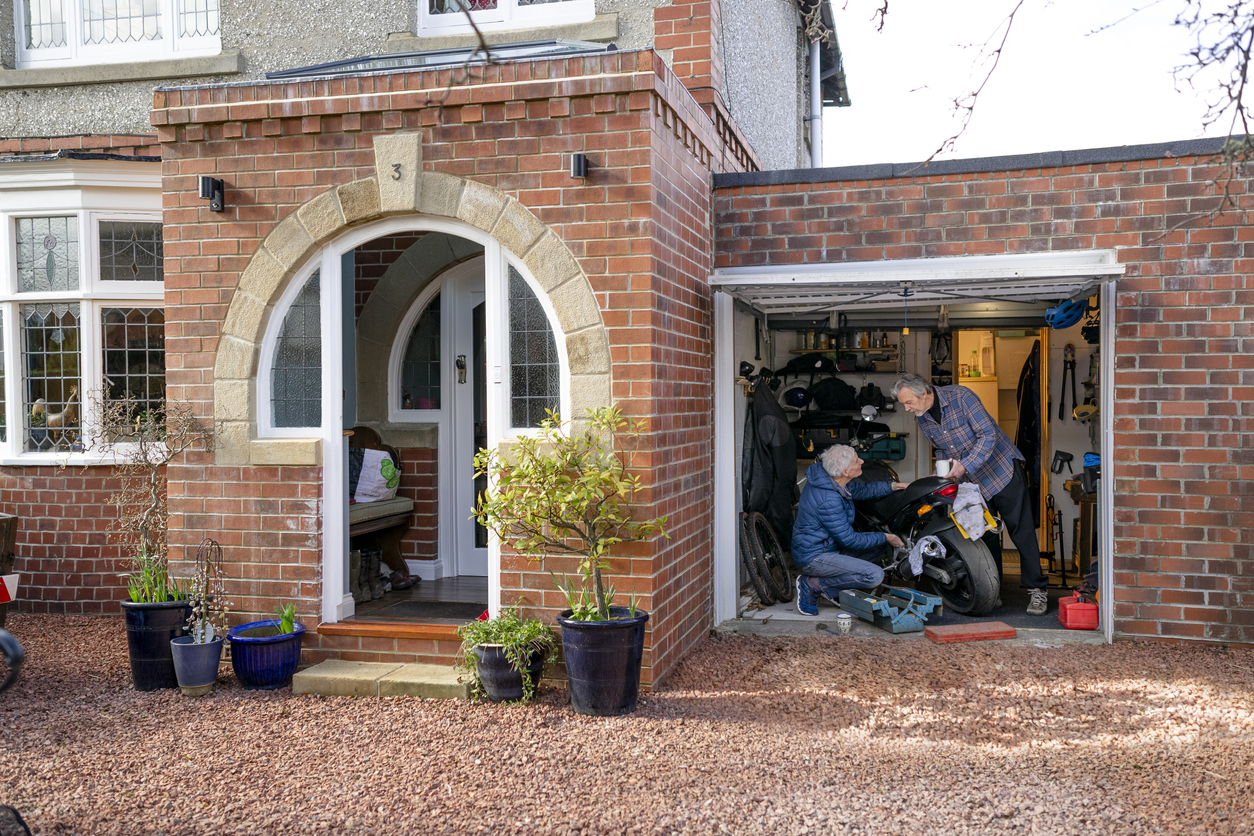
Step By Step Renovation Planner
You’re ready to renovate – so you think. While going about daily living, it’s easy to imagine the endless possibilities. In the age of social media and DIY, there’s no limit to supposed tips, tricks and hacks to redesign your space.
We’ve put together a simple step-by-step guide to planning your home renovation, no matter where you are in the process. With our experience and knowledge at your fingertips, custom home renovations have never been easier.
Step 1: Make Initial Decisions
Start Planning at Least 6-12 Months Prior
Before anything else, we recommend walking through and sitting down to figure out exactly what your goals are. Create clear definitions – you’ll have a lot of details to sort out, such as obtaining the proper permits and hiring third parties. Prioritize projects according to the time and resources required. Larger items such as roofing, siding, and foundational work should come first.
Make a detailed inventory of needed repairs and remodelling, and make a “wish list” after. Think about how investments will contribute to seasonal and long-term wins. Do your best to keep it simple. Remember that this crucial first step is particularly important for budgeting time and money.
Step 2: Create a Design, a Plan, and a Budget
Now that you have decided which projects are the priority, figure out the details. The most important part of the process can also be the most tedious, but the results of your renovation are dependent on good planning.
Questions to ask include: What kind of materials are you going to need? Are you going to be recycling or reusing anything? Will you be hiring help for the renovation? Will you be hiring one company, or do you need to look at subcontractors? Do you have all the tools you need to achieve the DIY parts? Will any permits be required? Are any renovations dependent on the season?
Now is the time to do your research, compile data, and think about potential scenarios. Make a list of expenses, from materials to labour and create a final budget. Always build in 10% of your financing for unexpected costs.

Step 3: Reach Out to Third Parties
Realistically, you may not be able to complete this project on your own. Be honest about where a professional is needed: yes, you could be saving money in the short term, but in the long term, it could require costly adjustments or even repairs to do things yourself. Consider that the risks involved could include personal injury when taking on a job yourself.
If you know anyone in the industry, ask for their expert advice. Don’t be afraid to spend money on consultations, even if you don’t end up hiring someone down the line – the knowledge you gain could be invaluable to making sure the project is properly completed.
When hiring a team, consider more than just the cost and their level of expertise. You should also be looking at how long they have been in business, their licenses and certifications, their insurance, and their payment schedule. Ask about how they handle discrepancies and get a few references. Try not to cut corners when hiring help: it could cause just as much damage as doing it yourself.
Step 4: Define Your Timeline
Once you’ve settled on who you’ll be hiring, be sure to set out a clearly defined timeline that you can both stick to. This is why starting your planning so early on is important: you haven’t even started yet, but you’ve hopefully spent months getting the details straight. A good renovation can take a lot of time, and it’s important to understand just how much time different jobs should take. Ask questions and don’t settle for glib answers – setting realistic expectations is fundamental to the process. Once all of this is done…
Step 5: Prepare Your Home
Make sure that your home is ready for renovation by removing furniture that would get in the way and storing personal belongings that you don’t want dusty or damaged. If you need to rent a storage container or find somewhere to keep things for a few months, be sure this is taken care of at least a week before renovations are due to start. If you don’t have somewhere to store larger pieces of furniture, find proper coverings and take the time to secure them correctly. Consider whether you may need to relocate your pets while workers are present, and be sure that valuables like photographs or expensive items are safely stored until the whole process is completed.
Let the Games Begin
There is only so far that planning and preparation can take you. Now it’s time to get the job done!




